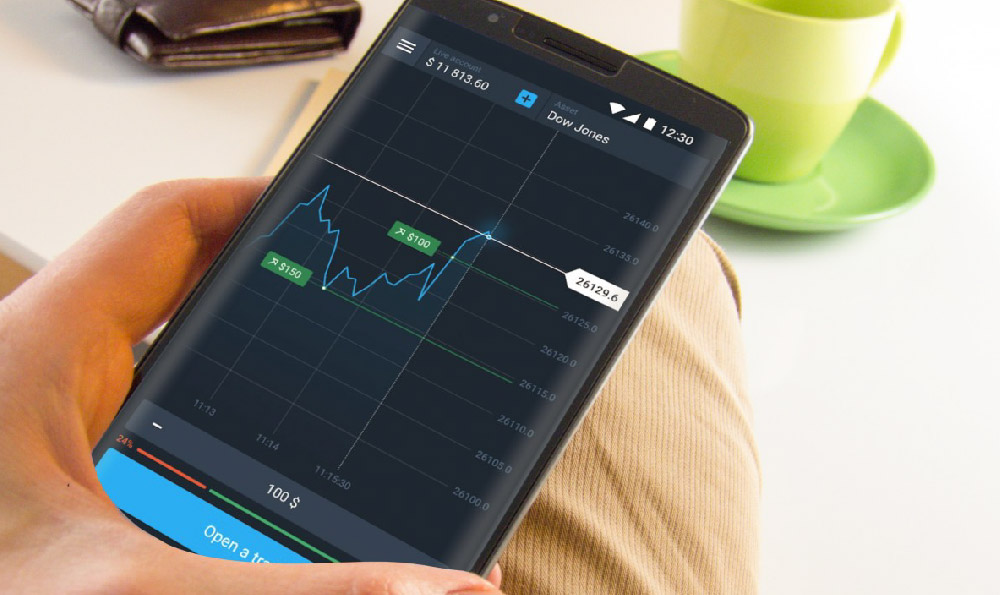Is Bitmex Trading the Best? Which Blog Provides the Best Info?
Is BitMEX Trading Truly the Pinnacle? Navigating the Crypto Information Landscape
The world of cryptocurrency trading is a vast and often turbulent sea, filled with both incredible opportunities and significant risks. Many platforms vie for the attention of traders, each promising unique advantages and features. BitMEX, a prominent player in the crypto derivatives market, has long been a topic of debate: is it truly the "best" trading platform? Furthermore, with a deluge of crypto blogs and informational resources flooding the internet, how can aspiring or seasoned traders discern which ones offer the most reliable and valuable insights?
Let's dissect the allure and potential drawbacks of BitMEX before navigating the complex landscape of crypto information providers.

Deconstructing the BitMEX Experience: Advantages and Considerations
BitMEX, short for Bitcoin Mercantile Exchange, carved a niche for itself by offering high-leverage trading on Bitcoin and other cryptocurrencies. This high-leverage capability, allowing traders to amplify their potential profits (and losses) significantly, is arguably its most compelling feature. It attracts experienced traders seeking to capitalize on short-term price fluctuations.
However, the high-leverage aspect is a double-edged sword. While it can magnify gains, it also dramatically increases the risk of substantial losses, potentially wiping out an entire account in a single, volatile price swing. This inherent risk makes BitMEX a platform more suited for seasoned traders with a strong understanding of risk management techniques and a high tolerance for volatility.
Beyond leverage, BitMEX offers features like perpetual contracts, allowing traders to bet on the future price of an asset without an expiration date. This provides flexibility and continuous trading opportunities. The platform also facilitates hedging strategies, enabling traders to protect their existing cryptocurrency holdings against potential price declines.
Despite these advantages, several factors warrant careful consideration. BitMEX has faced regulatory scrutiny in the past, raising concerns about its legal standing and operational transparency. While it has taken steps to address these concerns, traders should remain vigilant and stay informed about the evolving regulatory landscape.
Furthermore, BitMEX historically dealt exclusively in Bitcoin for deposits and withdrawals, even when trading other cryptocurrencies. This meant that profits earned in altcoins were automatically converted to Bitcoin, exposing traders to Bitcoin's price volatility. While this might have appealed to Bitcoin maximalists, it could prove disadvantageous to those seeking to diversify their holdings.
Finally, the user interface, while functional, can be intimidating for novice traders. The sheer volume of information and the complexity of the order types require a learning curve. Platforms with more intuitive interfaces and extensive educational resources might be more suitable for beginners.
Navigating the Crypto Information Minefield: Finding Reliable Blogs
Identifying trustworthy and informative crypto blogs is crucial for staying ahead of the curve in this rapidly evolving market. However, the internet is rife with biased content, pump-and-dump schemes, and outright misinformation. Therefore, a discerning approach is essential.
Consider these factors when evaluating a crypto blog:
-
Author Credibility and Expertise: Investigate the background and experience of the blog's authors. Do they have a proven track record in the cryptocurrency space? Are they qualified to provide financial advice (though remember that most blogs offer informational content and should not be considered financial advisors)? Look for blogs written by experienced traders, analysts, or developers with a deep understanding of the underlying technology and market dynamics.
-
Objectivity and Transparency: Be wary of blogs that aggressively promote specific cryptocurrencies or ICOs (Initial Coin Offerings). A reputable blog should present a balanced perspective, highlighting both the potential benefits and risks associated with different investments. Transparency about potential conflicts of interest is also crucial. Does the blog disclose any financial relationships with the projects they cover?
-
Content Quality and Depth: Look for blogs that provide in-depth analysis, well-researched articles, and insightful commentary. Avoid blogs that rely solely on hype and speculation. The best blogs delve into the technical aspects of cryptocurrencies, explain complex concepts in an accessible manner, and provide data-driven insights.
-
Community Engagement and Feedback: A vibrant and engaged community can be a valuable indicator of a blog's quality. Look for blogs that encourage discussion and provide opportunities for readers to share their thoughts and experiences. Pay attention to the comments section: is it filled with constructive criticism or simply echo chamber of positive sentiment?
-
Consistency and Timeliness: The cryptocurrency market moves at a breakneck pace. A good blog should consistently publish fresh content, keeping readers informed about the latest news, trends, and developments. However, prioritize quality over quantity. Regularly updated but superficial content is less valuable than infrequent but insightful analysis.
While I cannot definitively endorse specific blogs as the "best" (as what constitutes "best" is subjective and depends on individual needs and preferences), resources that often get recommendations include those maintained by reputable crypto news outlets, analytical firms, and experienced traders who offer educational content alongside their market commentary. Remember to always conduct your own due diligence and cross-reference information from multiple sources before making any investment decisions.
Protecting Yourself from Investment Traps
The cryptocurrency market is notorious for scams and fraudulent schemes. Protecting your assets requires vigilance and skepticism. Some common traps to avoid include:
-
Pump-and-Dump Schemes: These involve artificially inflating the price of a cryptocurrency through coordinated marketing efforts, only to sell off the assets at a profit, leaving unsuspecting investors with worthless holdings.
-
Phishing Attacks: Cybercriminals often use phishing emails or fake websites to trick users into revealing their private keys or login credentials. Always double-check the URL of any website before entering sensitive information.
-
Fake ICOs: Be wary of ICOs that promise unrealistic returns or lack transparency. Research the team behind the project, the underlying technology, and the business model before investing.
-
Ponzi Schemes: These fraudulent investment schemes pay returns to existing investors from funds collected from new investors, rather than from legitimate profits. The scheme eventually collapses when it becomes impossible to attract new investors.
-
Social Media Scams: Be skeptical of investment opportunities promoted on social media platforms. Many are designed to prey on unsuspecting individuals.
Ultimately, the "best" trading platform and the "best" information source are subjective and depend on individual needs, risk tolerance, and trading style. BitMEX offers high-leverage opportunities but carries significant risk. Discerning trustworthy crypto blogs requires careful evaluation. And constant vigilance is essential to avoid falling victim to scams and protecting your investments. The key to success in the cryptocurrency market lies in continuous learning, prudent risk management, and a healthy dose of skepticism.















